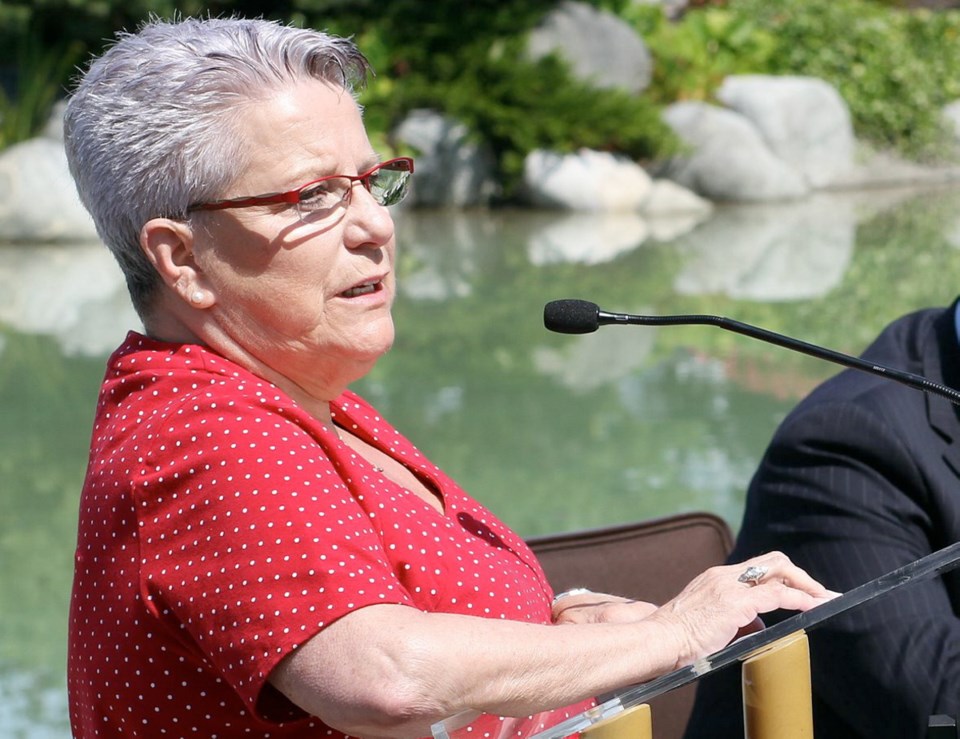A ban on using sewage sludge as fertilizer could soon be overturned, as Greater Victoria politicians wrestle with how to handle the leftover waste from the planned sewage treatment megaproject.
The Capital Regional District’s committee of the whole will debate the issue Wednesday, as it votes on whether to authorize an economic, social and environmental review on biosolid sludge.
The CRD barred the use of sludge as fertilizer in regional parks and on local farmland in 2011, amid concerns that leftover metals and pharmaceuticals could leach into the soil and water.
Some farmers were also concerned about the so-called yuck factor of human waste on agricultural land.
Instead, sludge from existing treatment plants in the Saanich Peninsula and Sooke is currently being dumped into Hartland landfill as controlled waste.
Sludge is the normal byproduct of any sewage treatment process. And with sludge output set to grow dramatically as part of the planned $783-million core sewage treatment project — from 3,500 tonnes annually to 56,000 tonnes by 2018 — politicians are struggling to figure out where to put it.
The CRD’s current plan calls for a biosolids centre at either the landfill or on recently purchased land on Viewfield Road in Esquimalt.
The CRD hopes to dry the sludge and sell is as fuel for cement kilns. But buyers are limited. No companies were interested in sludge as fuel in a 2012 CRD call for expressions of interest using Saanich Peninsula sludge — though six companies did propose using it on soil.
Lifting the CRD ban on sludge fertilizer could lead to more bids and innovative marketing ideas when the planned biosolid energy centre goes out to tender, said Larisa Hutcheson, the CRD’s general manager of parks and environmental services.
It could also free the CRD from having to dry the sludge, which is expensive and would save $50 million, said Denise Blackwell, CRD sewage committee chairwoman.
Blackwell said the CRD’s land ban for sludge was “knee-jerk” at the time and should be revisited.
Greater Victoria is not alone in trying to dispose of its sewage sludge.
The Nanaimo Regional District signed a deal with Vancouver Island University and an environmental company last week to dispose 4,000 tonnes of sewage sludge annually onto a university-controlled forest lot on nearby Mount Benson.
The sludge helps trees grow between 50 to 400 per cent better in the nutrient-deficient soil, the district said. Those trees are then sold as lumber.
“The point of it will be research and a case study for others to use as maybe an opportunity to duplicate what we’re doing,” said Sean DePol, the Nanaimo Regional District’s wastewater manager.
The CRD rejected a similar idea in 2009, which would have seen the region spray sludge onto 1,800 hectares of willow trees — 3,364 football fields — and then hack the trees into wood chips for sale or fuel.
In Nanaimo, the sludge does produce some odour, but there are few homes near the forest, DePol said.
“It’s more an ammonia-type smell,” he said. “It isn’t what you’d typically think.”
With Nanaimo’s success, the CRD should reconsider the tree-farm idea, Blackwell said. “I really do think it’s worth another look.”


